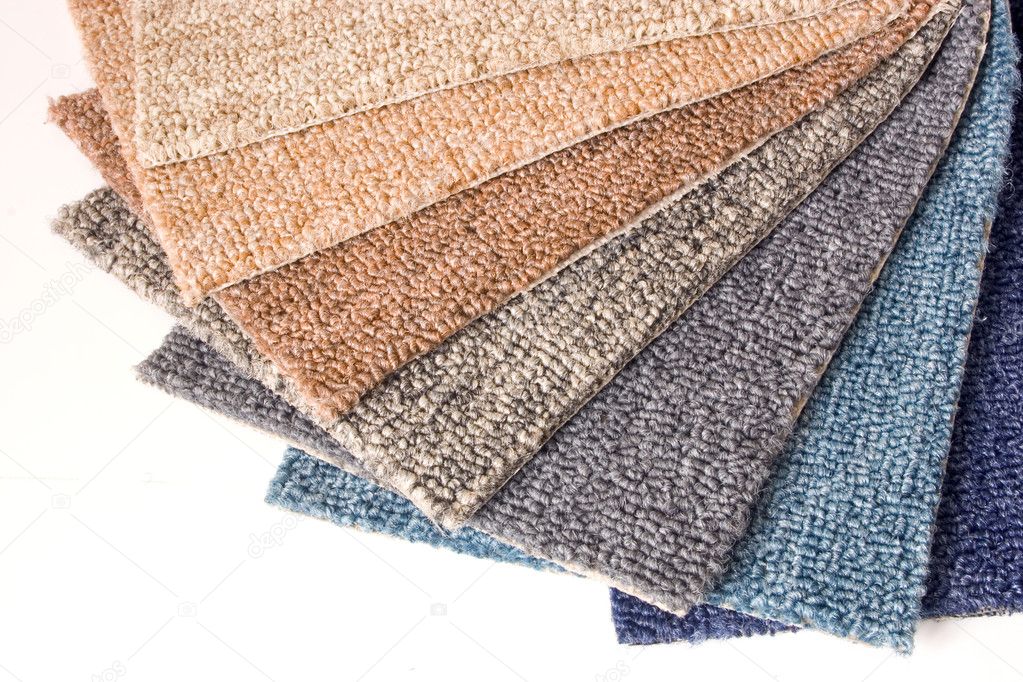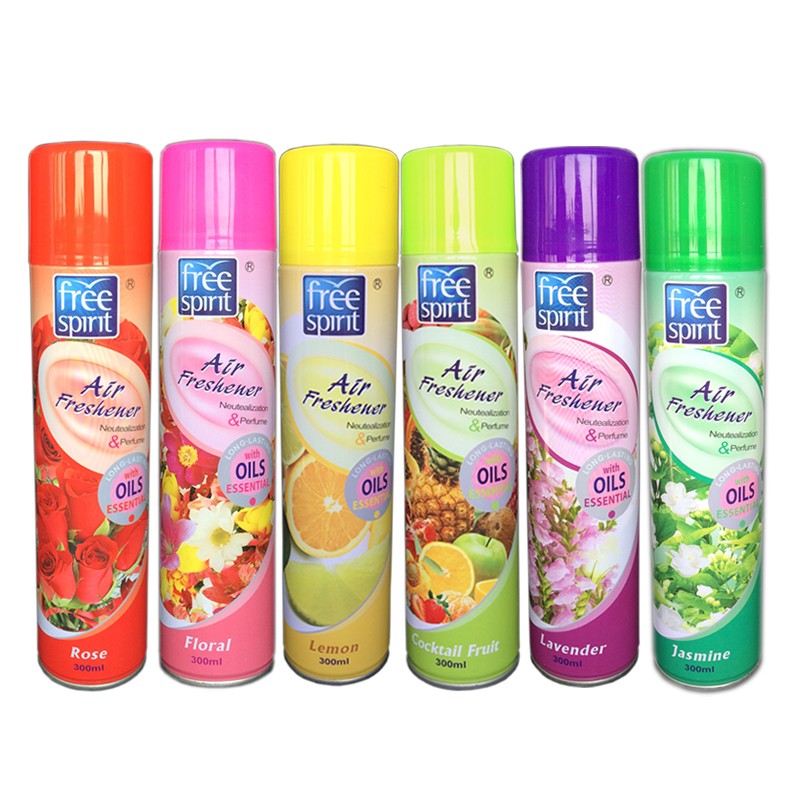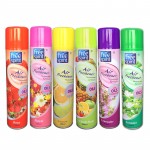Top 10 IAQ Toxins:
Air Fresheners & Candles:
Arguably the most popular household toxin we introduce into our homes is air fresheners, Plug-Ins & scented candles. Marketed to “freshen” the air, but in reality not only do they contain large amounts of VOCs to mimic whatever smell they advertise, they often use phthalates to spread the fragrance. These sprays contain so many toxic chemicals that they have been linked to everything from skin and eye irritation to cancer. They are especially known to cause immediate reactions in some asthmatics and later respiratory illnesses and irritations. Fun Fact: the toxins released from paraffin candles are the same as those found in diesel fuel fumes. When used in poorly ventilated rooms & homes, they can even create a cancer-causing form of formaldehyde. ‘Natural’ candles made from soy and beeswax are better, but the burning process still creates carbon monoxide.
Use this rule of thumb: unless you’re baking an apple pie, or have a pine tree in your family room, your house should not smell like apple pie or pine trees.
Healthy Home Tip: Look for sources of unpleasant odors and address the source. Also, adding ventilation to “air out” and removing the build-up of odors will freshen up the air naturally without dangerous chemicals.
Household Cleaning Products & wipes:
Around the 1950s, petroleum by-products and harsh chemicals were marketed as household cleaners, bringing toxins like ammonia into our homes. Ammonia has been linked to kidney & liver damage.
Before that, lemon, baking soda, vinegar, and soap were typically used to clean the house. Today, products such as bleach, surface cleaners, and oven cleaners are so strong, they can cause chemical burns and emit toxic fumes that permanently harm the respiratory system.
Healthy Home Tip: Use natural household cleaning products. They’re available everywhere.
Mold:
Mold is very common in homes. It will grow in places with excess moisture, typically from water & water vapor. Mold grows easily on paper products & cardboard, ceiling tiles & wood products, dust, paints, wallpaper, insulation, drywall, carpet, fabric, and upholstery. All of these are common household products, mix in the moisture and they become a feast for mold.
Exposure to damp and moldy environments can cause a variety of health effects. Exposure to molds can lead to symptoms such as a stuffy nose, wheezing, red or itchy eyes, or skin. People with allergies to molds or who have asthma may have more intense reactions.
Researchers have linked indoor exposure to mold with upper respiratory tract symptoms, coughing, and wheezing in otherwise healthy people and have reported a potential link of early mold exposure to the development of asthma in children.
Healthy Home Tip: Get the mold out – Keep the mold out. Maintain indoor humidity levels between 30% - 50%. Proper HVAC will help keep levels healthy during humid months. Ensure your home has enough ventilation. Use exhaust fans to vent spaces where moisture is generated – kitchen, bathroom, basement/crawlspace. Confirm your clothes dryer vents to the outside of your home.
Fabric Softeners:
Fabric Softeners are full of dangerous chemicals, including Benzyl Acetate, Benzyl Alcohol, Ethanol, Limonene, A-Terpineol, Camphor, Chloroform, Linalool, Penatene, and many others. Some of the symptoms of exposure include respiratory problems, central nervous disorders, and cancer.
Healthy Home Tip: Use non-toxic alternatives like wool dryer balls

Paints & Varnishes:
Almost all paints and varnishes today contain chemicals or Volatile Organic Compounds (VOCs). These VOCs evaporate into the air, the fumes are inhaled, and can lead to serious health issues like asthma, sinusitis, birth defects, fertility problems, neurological disorders, and even cancer.
Healthy Home Tip:: Use water-based paint instead of solvent-based paint.

Carpets & Carpeting:
Carpets are one of the worst toxins in the home, as they contain a wide range of environmental chemicals, including flame retardants, anti-stain ingredients, and volatile organic compounds, such as p-dichlorobenzene, a known carcinogen. Ever notice that new carpet smell? This is typically a chemical called 4-Phenylcyclohexene, a by-product of a process used in carpet backing. It has been linked to visual, nasal, and respiratory problems.
Healthy Home Tip: Swap fabric carpets for organic cotton, hemp, or natural rugs. The best choice is to use ceramic tile or hardwood floors.
Furniture:
Furniture is commonly made from plywood or particleboard. We call it “Was Wood”. These wood byproducts are made with highly toxic formaldehyde, glues & adhesives. The chemicals off-gas in the home and get inhaled. In addition, chemicals like brominated & chlorinated flame retardants are added. These many chemicals have been linked to cancer, neurological impairment, and hormone disruption.
Healthy Home Tip:: Use solid wood furniture. Be sure to look for the furniture without flame retardants!
Insulation:
Of all the toxins in the home, this one could be the most toxic! Remember, asbestos was used for decades to insulate and fireproof homes, and it ended up being a major carcinogen. Nowadays, flame retardants are added to meet fire safety codes. Occupants breathe these chemicals which have been linked to impaired brain development and cancer in humans.
Healthy Home Tip: Use natural, untreated sheep’s wool insulation instead – not only does it keep your home warm in winter and cool in summer, but it can also filter toxins from the air.

Vinyl Flooring & Shower Curtains:
OK, so you would not normally think of these 2 items together, but they are guilty of using the same harsh chemical: Phthalates. Phthalates are used to soften the plastic that goes into vinyl flooring. This chemical off-gasses & is linked to harmful effects on growth and development in children. It also has been shown to impact brain functions like learning, behavior, and memory.
Healthy Home Tip: Avoid vinyl flooring altogether & replace it with something like wood or ceramic.

Baby Wipes:
Crazy right? Even baby wipes can be toxic. Many contain bronopol, an antimicrobial compound that's toxic to the lungs, as well as the skin & immune system. Many also contain phthalates, which are known endocrine disruptors.
Healthy Home Tip: Look for natural brands that don't contain these harsh chemicals or simply use soap & water.






















